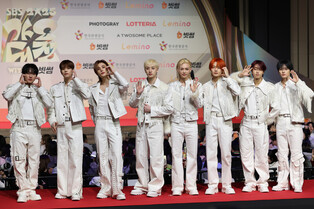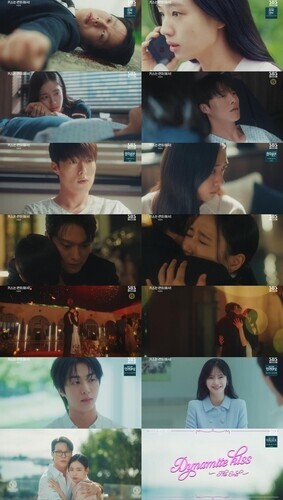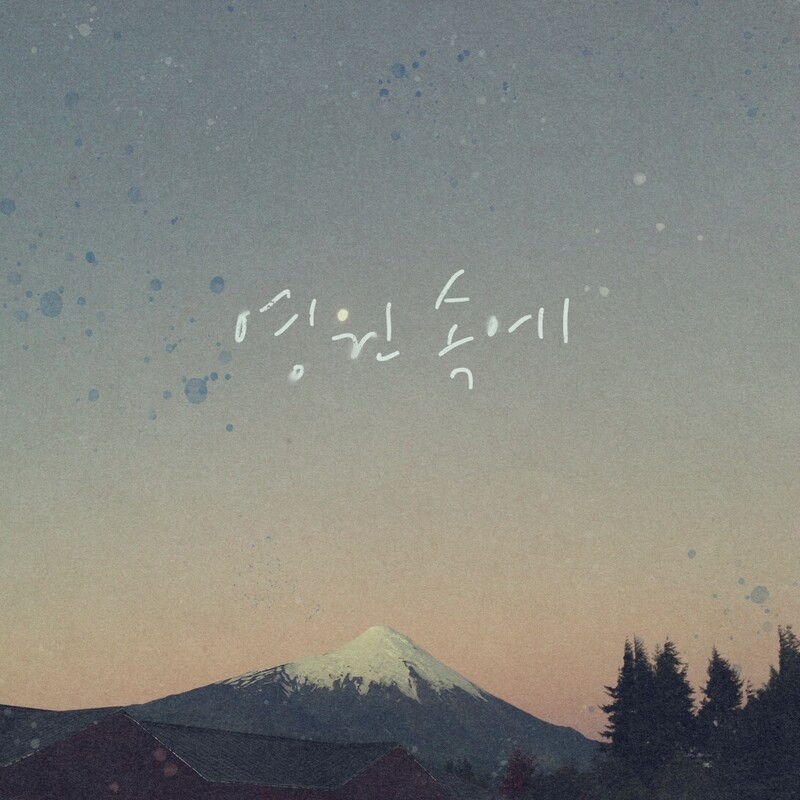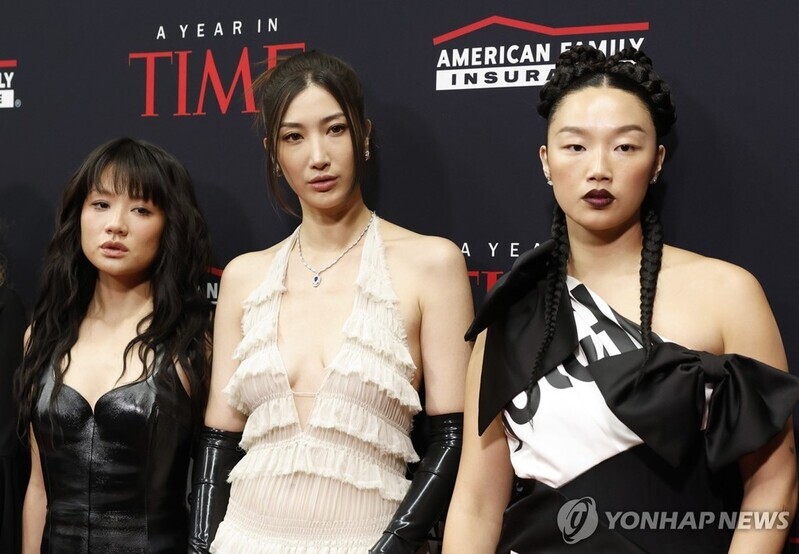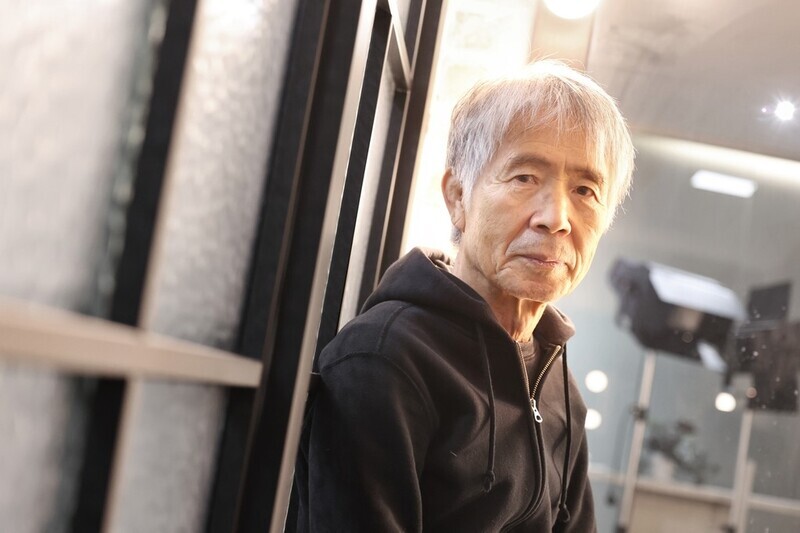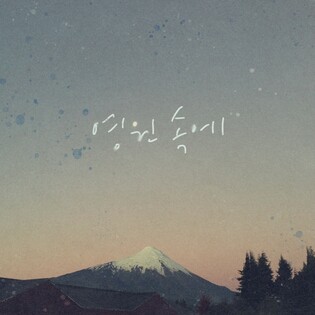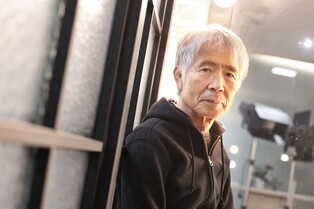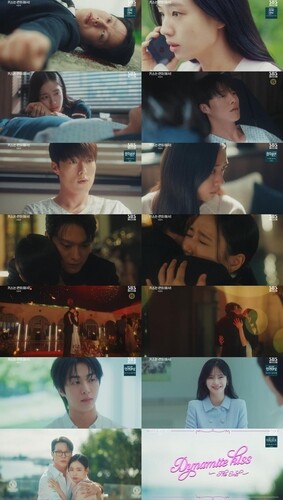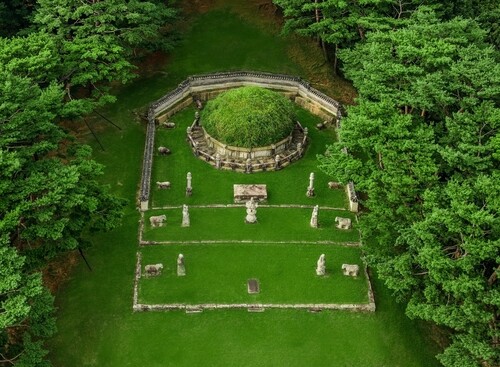 |
| ▲ This photo of Geonwolleung Royal Tomb is provided by the National Heritage Administration's Royal Tombs Office. (PHOTO NOT FOR SALE) (Yonhap) |
SEOUL, Dec. 24 (Yonhap) -- A stone support once placed in front of the tomb of King Taejo Yi Seong-gye (reigned 1392–1398), the founder of the Joseon Dynasty, will be unveiled to the public.
The National Heritage Administration's Royal Tombs Office announced on December 23 that the exhibition, titled "The Drum Stone of Geonwolleung: Concluding a Long Mission," will open on December 24 at the Donggureung History and Culture Center in Guri, Gyeonggi Province.
Geonwolleung, located within Donggureung, is considered a model for the Joseon royal tomb system. After King Taejo passed away in 1408, his burial site was established on Geomamsan Mountain, now part of Guri. It is reported that over 6,000 workers participated in constructing the tomb.
While the tomb’s design largely follows the style of King Gongmin’s tomb from the Goryeo Dynasty (reigned 1351–1374), it introduces unique features in the arrangement and sculpting of stone structures. Notably, the burial mound is covered with reeds, distinguishing it from other royal tombs.
In front of the mound lies a spirit stone (honyuseok), symbolizing the space where the spirit of the tomb’s owner is believed to dwell. Supporting the spirit stone are five drum-shaped stones, known as goseok.
Among the five drum stones at Geonwolleung, one was damaged, with about one-third of the stone broken. In response, the Royal Tombs Office recently restored the spirit stone and the drum stones, replacing the damaged one after consulting experts earlier this year.
The exhibition focuses on the replaced drum stone, showcasing its actual structure. Visitors will also learn about the functions and structures of the spirit stones and drum stones in the context of Joseon royal tombs. A video presentation will document the preservation and restoration process.
A Royal Tombs Office official stated, “This exhibition highlights the spirit stone and drum stone, which were crafted during the construction of Geonwolleung. It offers a meaningful opportunity to deepen understanding of Joseon royal tombs.”
The exhibition is open to the public at the Donggureung History and Culture Center. Viewing hours are from 9 a.m. to 5:30 p.m. from November to January, and from 9 a.m. to 6 p.m. from February to October. Admission to Donggureung requires a separate ticket.
(C) Yonhap News Agency. All Rights Reserved

















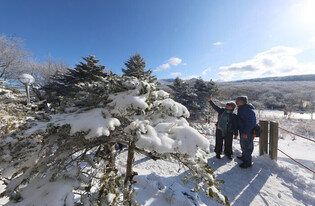
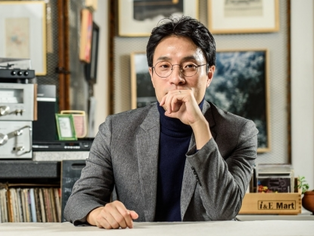
![[2026 Outlook] BTS, BLACKPINK comebacks; UNESCO World Heritage session in Busan fuel K-culture momentum](/news/data/20251226/p1065576816972067_337_h.jpg)
